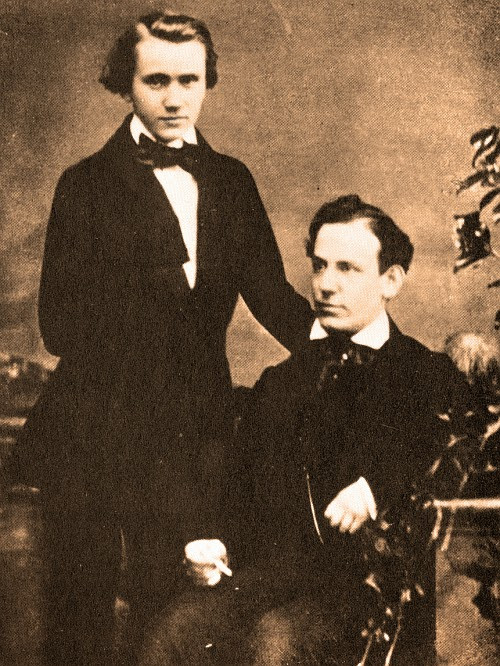Johannes Brahms’ Hungarian Dances are among his most beloved compositions, and within this vibrant collection, Hungarian Dance No. 5 stands out as a true masterpiece. Inspired by the rich tapestry of Hungarian folk music, this piece, originally for piano four-hands and later arranged for orchestra, has captivated audiences worldwide for generations. Its infectious energy and distinctive melodies have cemented its place in popular culture, recognizable even to those unfamiliar with classical music.
A Journey into Hungarian Musical Heritage

The Hungarian Dances are not solely Brahms’ creation in the sense of original melodies. Rather, they are brilliant arrangements and interpretations of traditional Hungarian folk tunes. In the 19th century, a surge of interest in folk music swept across Europe, fueled in part by composers like Franz Liszt and his Hungarian Rhapsodies. This movement celebrated the diverse musical traditions of various cultures, and Brahms was deeply inspired by the sounds he encountered, particularly those of Hungary. The popularity of piano four-hand compositions during this era also played a role, creating a demand for pieces that were both musically engaging and suitable for domestic performance. These pieces brought the vibrant sounds of Eastern European taverns into homes across the continent.
The Inspiration: Ede Reményi and Hungarian Folk Music

Brahms’ immersion in Hungarian folk music began through his friendship with Hungarian violinist Ede Reményi. This encounter proved pivotal in shaping Brahms’ musical direction. Reményi, who shared a teacher with Joseph Joachim (for whom Brahms later composed his Double Concerto), introduced the young Brahms to the nuances and vitality of Hungarian musical traditions. At the age of 20, Brahms became Reményi’s piano accompanist, touring with him and absorbing the authentic sounds of Hungarian folk melodies firsthand. This direct experience was instrumental in Brahms’ later endeavors to compose in this style.
While Brahms drew heavily from traditional sources, his Hungarian Dances are not mere transcriptions. Out of the 21 dances, Nos. 11, 14, and 16 are considered to be entirely original Brahms compositions. However, even in the arrangements, Brahms’ genius lies in his ability to capture the spirit and essence of Hungarian folk music. He masterfully incorporated the characteristic elements of csárdás and verbunkos dances – the dramatically shifting tempos, the lively rhythms, and the virtuosic flourishes – that define Hungarian folk music.
Csárdás and Verbunkos: Unpacking the Rhythms
The csárdás is more than just a single dance; it’s a category encompassing various Hungarian folk dances found across different regions, each with its own subtle variations. Typically performed by both men and women, the csárdás is visually striking, especially with women in their traditional wide skirts that swirl dramatically during the dance. The clip included above showcases these skirts beautifully at the 3:18 mark.
The verbunkos, an older dance form, has its roots in 18th-century Hungarian military recruiting practices. The name itself comes from the German word “werben,” meaning “to recruit.” Military units would organize lively events with food, drink, and dancing to attract young men to enlist. Officers, led by a sergeant, would perform elaborate displays of stomping, high kicks, and heel clicks (as seen around 1:22 in the provided video). The energy and excitement of the verbunkos were so infectious that potential recruits were often drawn into the dance and, effectively, into military service with a handshake.

Nearly a century and a half later, Brahms’ Hungarian Dance No. 5 and the entire set remain as vibrant and captivating as they were in their early performances in European taverns and salons. Through his musical notation, Brahms preserved and celebrated the sounds of Hungary’s diverse history and culture. The music continues to resonate with listeners, its spirited melodies bringing joy and excitement to all who experience it. Just remember the energetic origins – you might just find yourself swept off your feet!
Explore more about Memorable Hungarian Dances featuring Charlie Chaplin, Looney Tunes, and more.
Hear Hungarian Dances Nos. 5 and 6 at the BRAHMS FEST on Saturday, February 1st and Sunday, February 2nd at the Lesher Center for the Arts. Tickets are available starting at $44, with student discounts.
